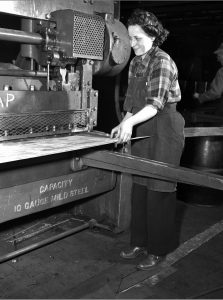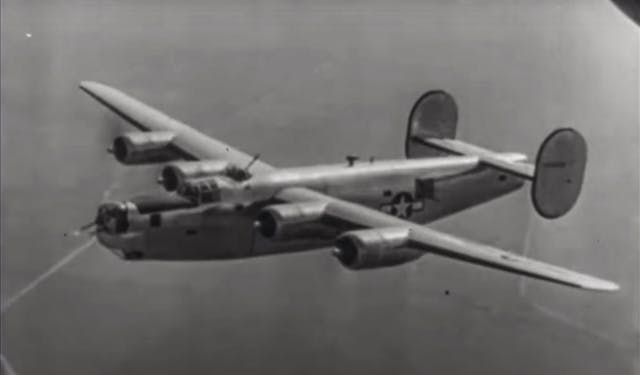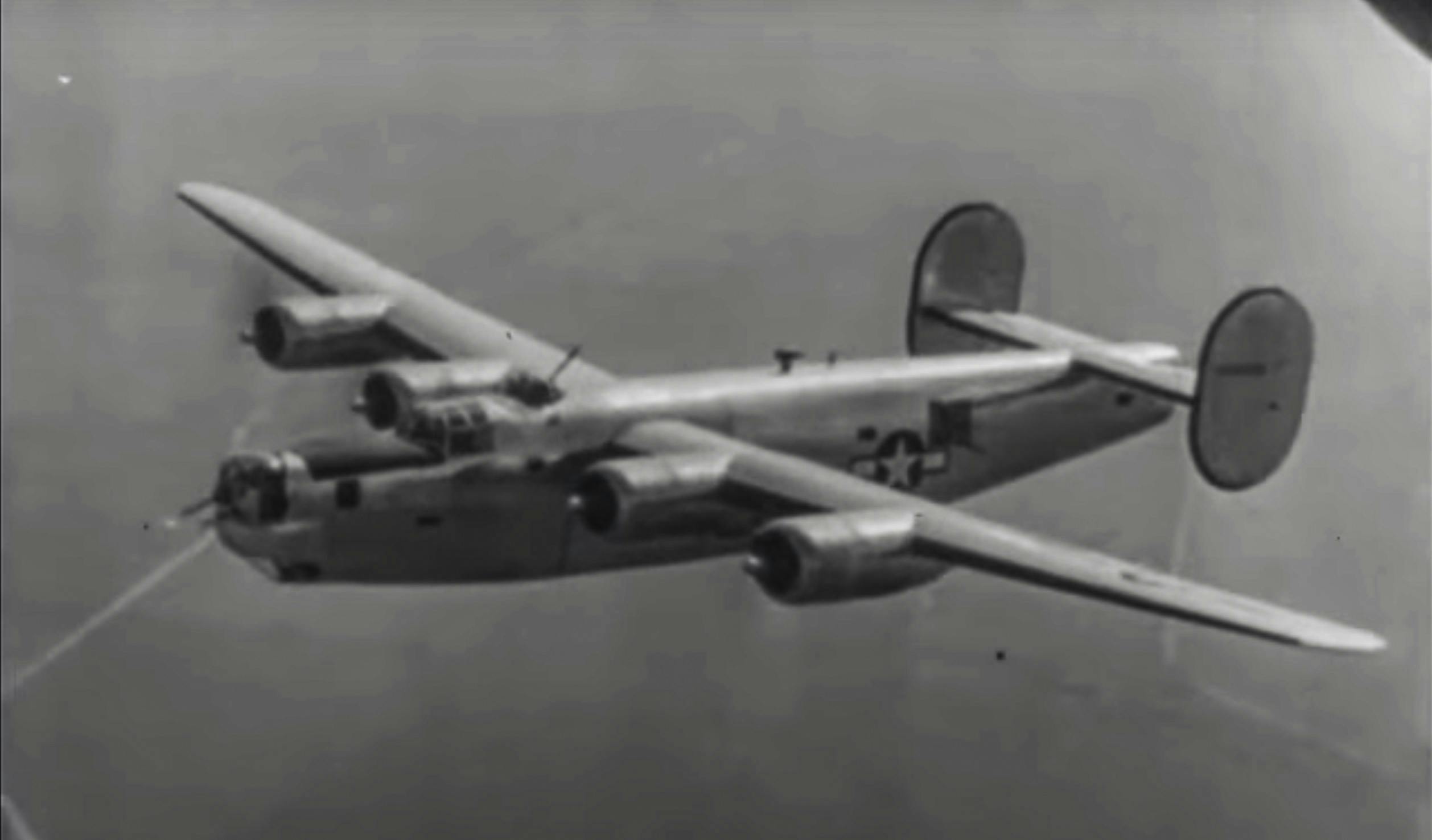Media | Articles
Watch Ford’s Willow Run plant churn out a B-24 every 55 minutes
We love watching how products are made. From bolts and headers to carburetors and sway bars, it’s fascinating to see workers transform raw materials into the parts we use on our cars and trucks every day. However, the construction of all of those speed parts and aftermarket upgrades combined pales in comparison to the scale of production at Ford’s Willow Run plant during WWII. This video from Ford about large-scale production of the Consolidated B-24 Liberator bomber is awe-inspiring.
It’s hard to imagine a factory that large churning out a complete heavy bomber every 55 minutes, but these workers accomplished exactly that.
The Story of Willow Run highlights several of the steps involved in building the aluminum-intensive aircraft. It’s all narrated with a fantastic mid-Atlantic accent that perfectly fits the footage.
The video is just more than half an hour long and shows workers die-stamping, roll-forming, and coating aluminum sheets. All told, 34,000 pounds of aluminum went into each bomber. Some 400,000 rivets, made on site, went into each Liberator. What wasn’t riveted was often welded. We get a glimpse of men and women carefully torch-welding tubing into sub-assemblies that will later be plumbed into the wings to carry fuel and oil.

Ford applied lots of assembly line tricks learned while building cars to cranking out aircraft. One technique involved using huge fixtures to allow machining of large sub-assemblies at multiple points simultaneously.
Marketplace
Buy and sell classics with confidence
The Willow Run plant was purchased by Kaiser-Frazer after the war and was used to produce cars like the Henry J. General Motors purchased the plant next, and expanded it to build both cars and transmissions. If you’ve driven a car or truck equipped with GM’s heavy-duty 4L80E four-speed automatic, whether it was in a Chevy, Bentley, Jaguar, Rolls-Royce, or Aston Martin, it was built at Willow Run.
GM hasn’t used Willow Run in more than a decade. Most was demolished in 2013. Yankee Air Force is trying to save the portion of the factory that served as the end of the B-24’s production line as a museum honoring the plane and its wartime contributions. If you want to be able to visit the Willow Run site in the future, visit SaveTheBomberplant.org.




